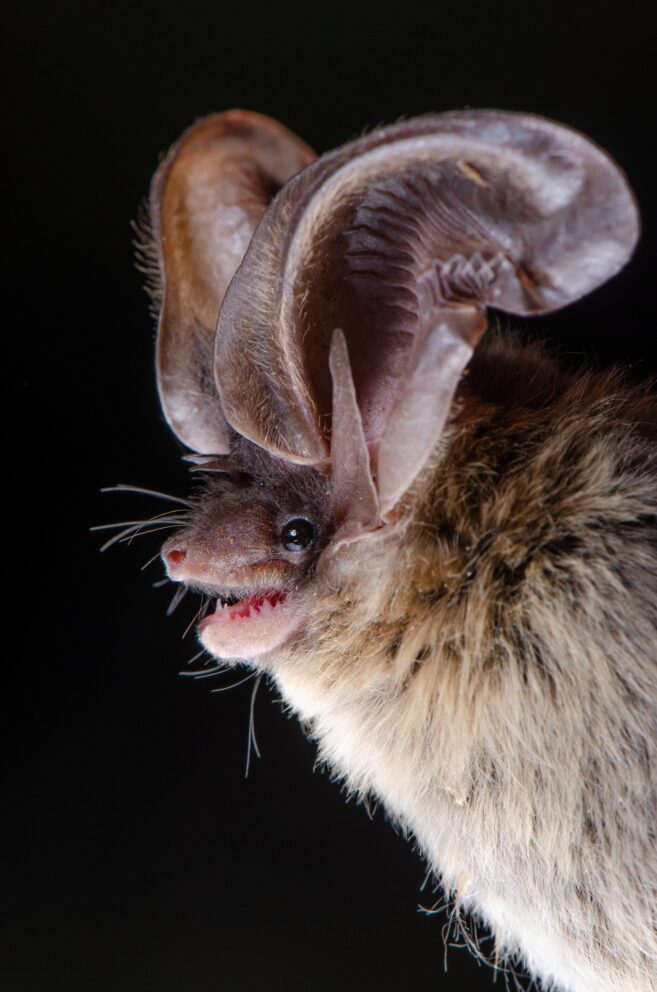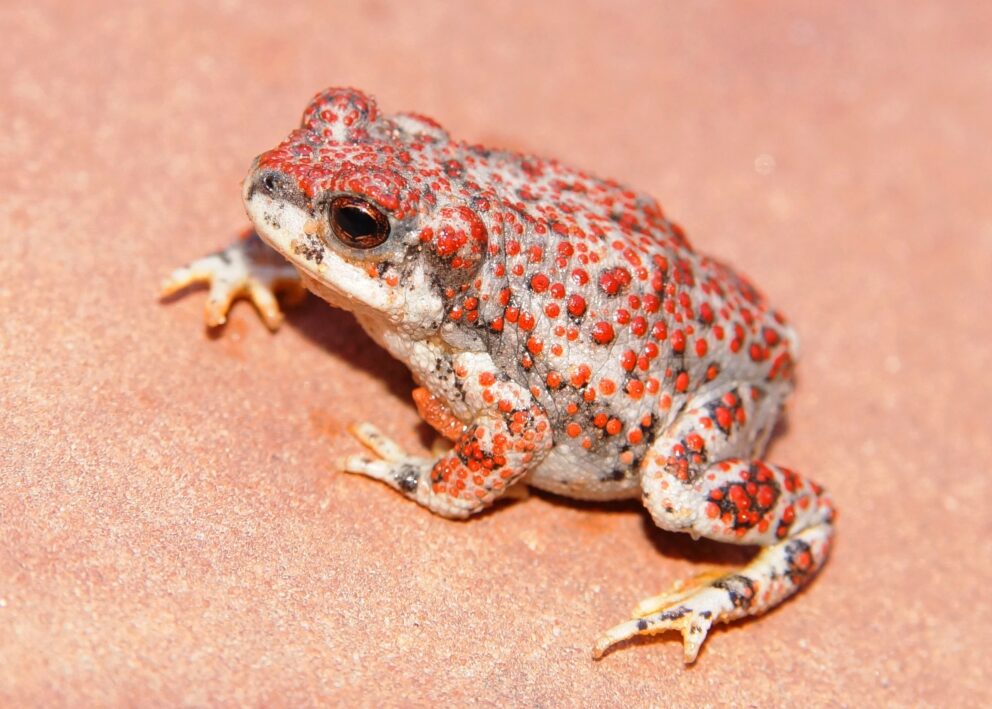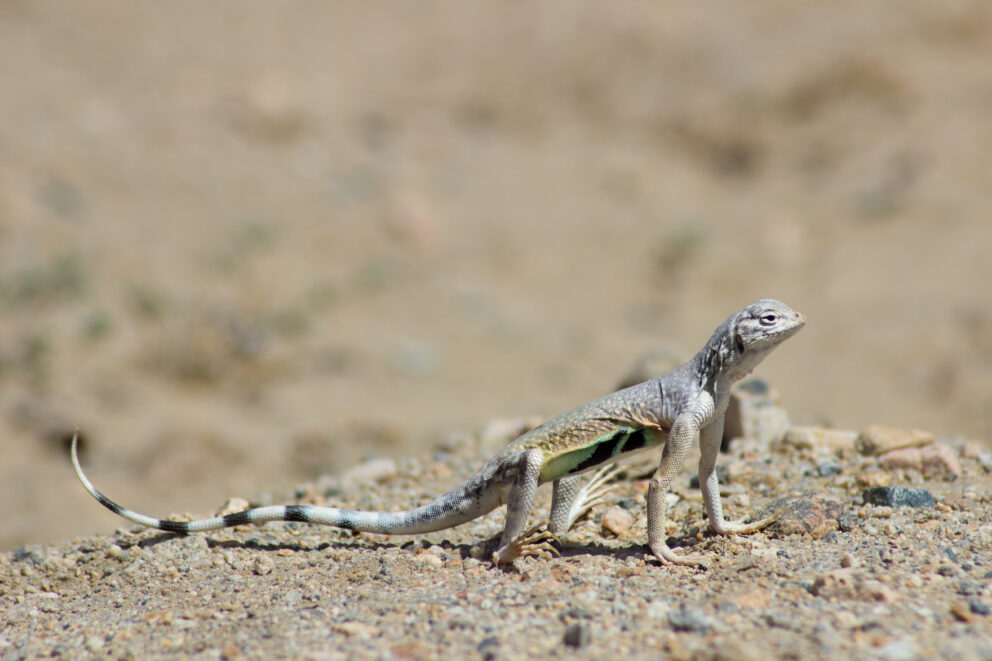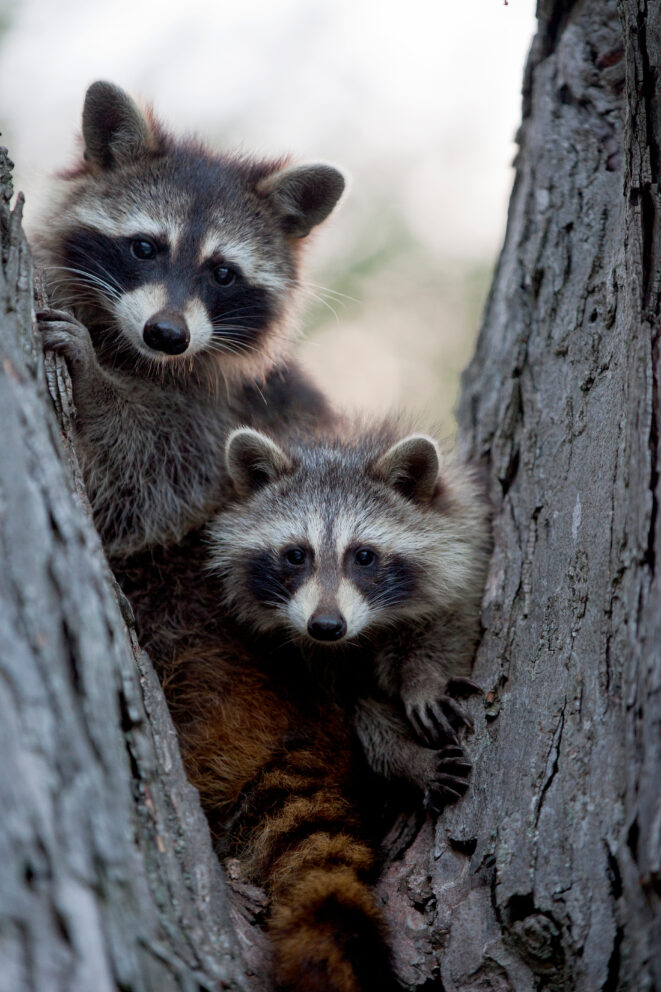- SCIENTIFIC NAME
- Idionycteris phyllotis
- CLASSIFICATION
- Mammal
- LIFE SPAN
- 1-3 Years
- SIZE
- 4.1-4.6” | 0.02-0.04lbs
- STATE CONSERVATION STATUS
-
- Priority Species
- State Protected
- FEDERAL CONSERVATION STATUS
- Least Concern
- GAME STATUS
- Non-Game
- GAME TYPE
- None
- Washoe
- Humboldt
- Pershing
- Churchill
- Mineral
- Lyon
- Douglas
- Carson City
- Storey
- Elko
- Lander
- Eureka
- White Pine
- Esmeralda
- Nye
- Lincoln
- Clark
Habitat & Range
Allen’s Big-eared Bats are found in southern Nevada in ponderosa pine, pinyon-juniper, pine-oak woodland, and riparian areas above 3,000 feet. However, they can sometimes be found across many different elevations and as high as 10,000 feet! The availability of water is a significant factor in habitat selection.
- Mines
- Mojave desert
- Warm desert riparian
Threats
- Disease
- Habitat Loss
Natural History
Allen’s Big-eared Bats are insectivores, meaning they eat insects. They leave their roost sites after sunset to head towards a water source to find and catch insects. These bats are agile flyers and can maneuver very quickly to snatch bugs out of the air as well as gleaning them off plants. They will eat many different types of insects, but moths make up most of their diet. Like other bats, they use echolocation to aid in hunting and navigating their landscapes. Some of their echolocation calls can be heard as a series of clicks to the unaided ear! Female bats form maternity colonies in the summer. This is where around 30 female bats will all choose one location to give birth and raise their young together. In Nevada, these maternity colonies are either found in mines or in snags. During this time, the males live totally separately from the females. Females give live birth to one single young, called a “pup.” Like all mammals they nurse on their mother’s breast milk until they are old enough to take flight and catch their own food.
Fun Facts














